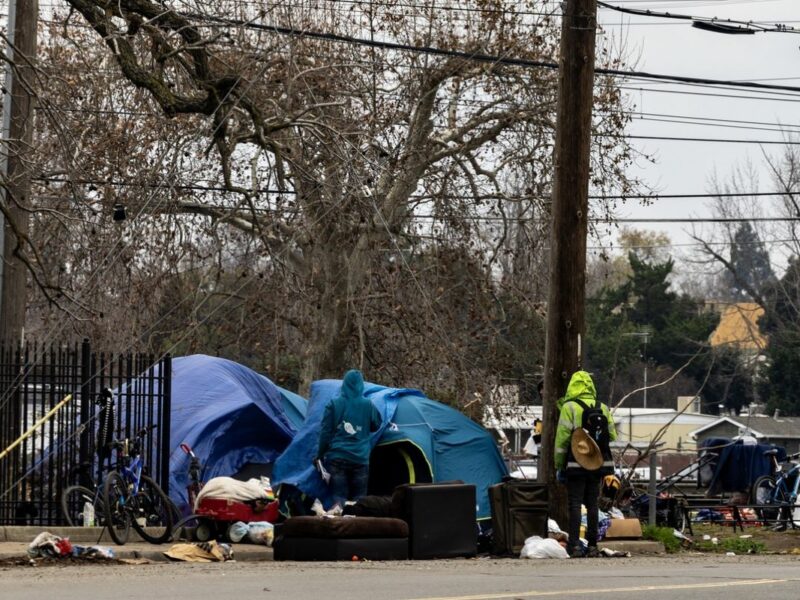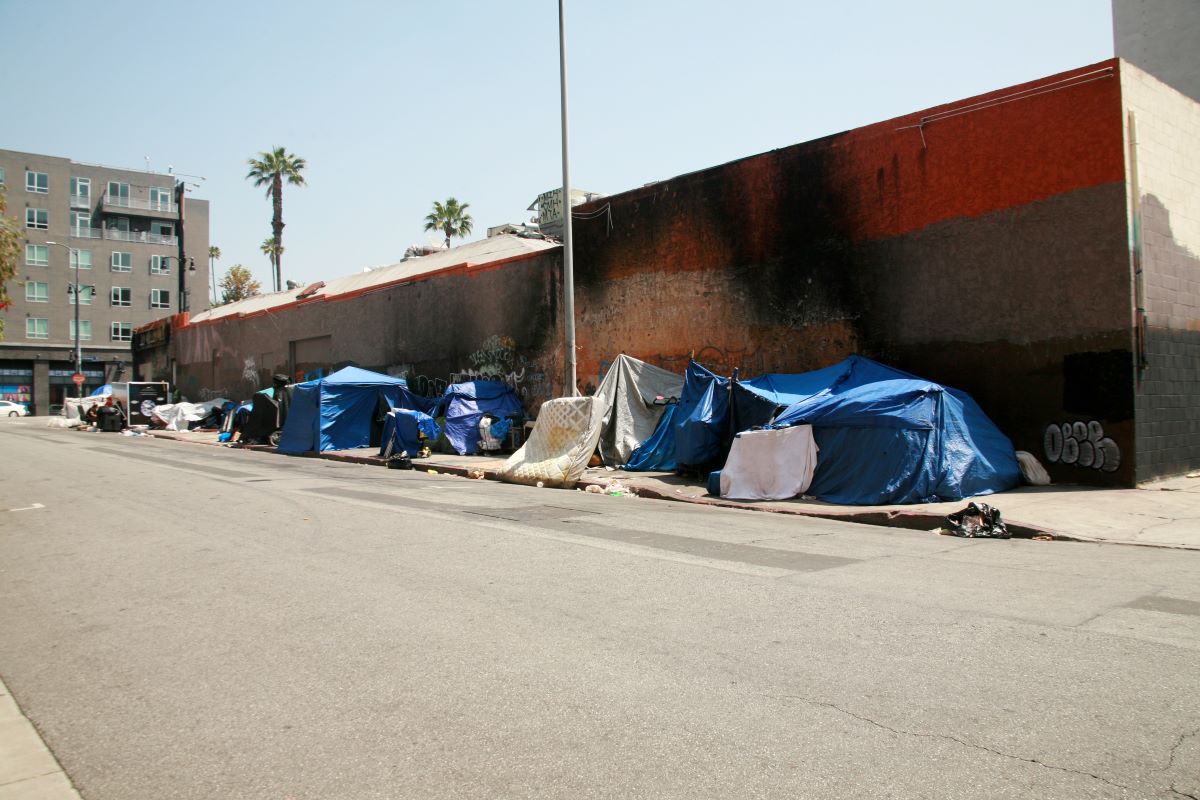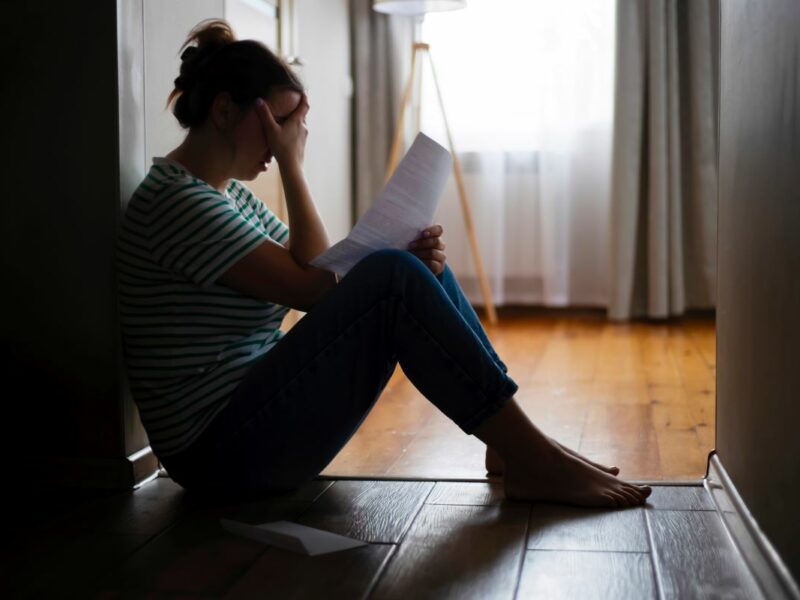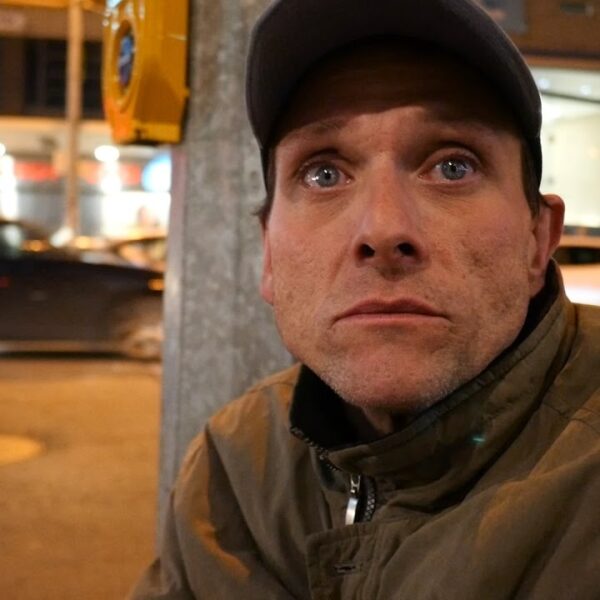The Lack of Affordable Housing and a Living Wage Is Causing the Rapid Increase in Overall Homelessness
There is no safe place left…
It’s hard to imagine the American suburbs as a place harboring abject poverty and homelessness. For decades, these tiny towns clustered around the outskirts of big cities seemed the quintessential place for well-to-do families to settle down. Riveting new data suggests that in recent years, the opposite is true.
The Guardian was one of the first online publications to highlight this trend. In 2015, their reporters called suburbanites “the new face of homelessness.”
In 2022, HUD noted that chronic homelessness in suburban shelters increased by 12% between 2021 and 2022. Meanwhile, suburban rental rates are increasing at an even faster pace than urban rental rates in 28 out of 33 major metropolitan regions. Then, there’s the story of suburban poverty, which is now growing at triple the rate of urban poverty.
Recent data does a great deal to defy the suburban stereotypes we once held dear and reveal the tragic truth – that homelessness and poverty are very much present in the suburbs. Armed with this new information, one might draw the assumption that urban homelessness and poverty are down – but no.
Perhaps the most tragic truth of all is the fact that suburban homelessness hasn’t canceled out or replaced urban homelessness. Poverty and displacement are still sweeping across cities, and urban homelessness is vastly increasing.
Homelessness in US Cities Has Seen a Rapid Rise
Glistening high rises and stretching skylines have not been enough to keep homelessness at bay in American cities. City-by-city surveys show that West Coast urbanscapes are a virtual hotbed for homelessness, with cities like Sacramento producing a 67% increase in homelessness in a three-year window.
Meanwhile, on the East Coast, in the Big Apple, where Mayor Adams has spent a fortune in taxpayer dollars on ineffective and cruel criminalization strategies, homelessness has skyrocketed 18% in the past year alone.
Perhaps even more unsettling is the sudden spike in family homelessness, which shot up across cities by a national average of 38%.
The suburbs are outpacing cities in poverty, rent increases, and eviction rates. These regions are also architecturally and financially unequipped to deal with homelessness on an urban scale. So then, why is homelessness increasing in cities and suburbs nationwide? Perhaps the better question is this – is anyone anywhere safe from homelessness?
Suburbs and Cities: Two Sides of the Same Declining Coin
Cities and suburbs are, in many ways, distinct.
Cities tend to be more densely populated. They feature more employment and educational opportunities. But they also tend to have higher crime rates as well as higher costs of living. Public transit is more widely available, but commuting is more costly due to parking prices, traffic, and even higher monthly bus pass fees.
At first glance, one might, therefore, expect the cause of rising homelessness in cities to be different from the rising homelessness in suburbs and rural areas. It is not.
We caught up with Senior Director Eric Tars from the National Homelessness Law Center to learn why, despite differences in population density, architecture, business, and approach, neither cities nor suburbs can seem to tackle homelessness. Is this a different problem from region to region? According to Tars, the answer is that at their core, cities and suburbs both lack one vital resource – affordable housing.
“I think in any individual community there may be some different causes, but overall, it’s the lack of deeply affordable housing in our communities and the fact that wages have not kept up with the rising cost of living,” he said.
Herein, we can see that regardless of infrastructure, an inadequate supply of affordable housing always causes homelessness.
The numbers do not lie. Homelessness is up in the suburbs. It is up in the cities. Rural communities are also witnessing a vast increase in the phenomenon. Different types of homelessness are on the rise as well, such as:
- Family homelessness
- Youth homelessness
- Senior homelessness
- Chronic homelessness
The number of people living in homeless shelters is steep. So is the number of people living outside. Vehicular homelessness has never been higher. Millions of schoolchildren suffer in silence.
There is no place left to run except to connect with your legislators and ask them to take more preventative steps toward ending the crisis.
Talk To Your Legislators About Making Permanent Housing an Irrevocable Right for All
Most Americans, regardless of where they live, their employment status, age, or ethnic background, are now just one paycheck away from homelessness.
This is not a problem that can be moved around, no matter how many homeless encampments are cleared. The only thing that will stop homelessness from increasing is legislation. It is time to pressure governments to build more affordable housing units by making housing an irrevocable human right.













